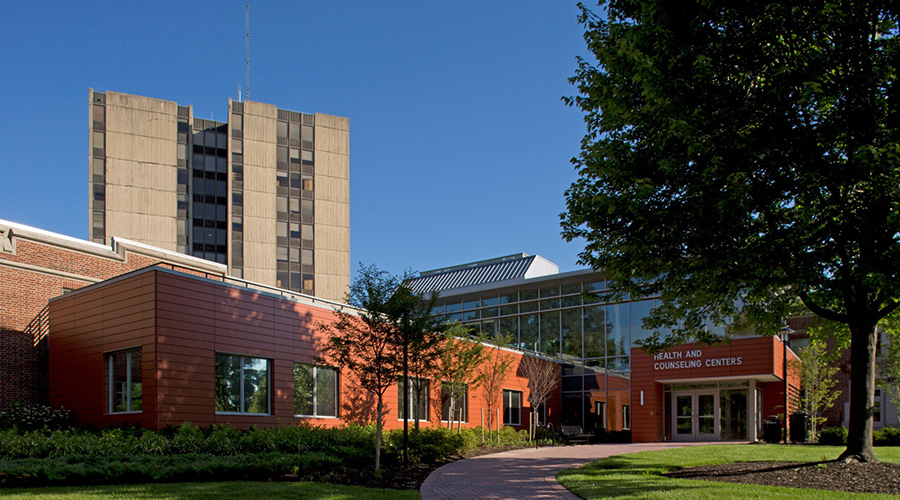« Back to Facilities Management News Home
« Design & Construction
TrueLook: Tips on Implementing Solar-Powered Cameras on a Jobsite
TrueLook, a company that provides construction cameras combining live jobsite viewing, project time-lapsing, and HD security, offers tips to construction companies on how to implement solar-powered cameras at a jobsite or project location.
“Construction companies use various technologies on the jobsite and implementation is sometimes a challenge,” says Ken Pittman, TrueLook’s Chief Marketing Officer. “Though any kind of construction site monitoring system requires a power supply, some sites are so remote or unique that a solar-powered system may be the best option. This is also true when there are environmental concerns with the location.”
TrueLook is offering the following tips when considering implementation of solar-powered technology on the jobsite:
- Location, location, location – Sometimes the best location for the camera on a remote jobsite makes it cost prohibitive to install power to operate a standard camera. Today’s solar panel technology works well in any kind of light and produces ample energy even in fog or on overcast days. Solar-powered systems will function well in almost any location, as long as installers position them away from shade or near eaves of buildings. By using solar, companies can avoid the costs of supplying power and paying an electrician to do so.
- Environmental impact – On occasion, a jobsite may present environmental concerns making it nearly impossible to supply electricity via traditional means. Solar-powered cameras offer an environmentally-friendly solution if working in a sensitive area like wetlands or other animal habitat. No trenching or extensive earth moving is necessary when installing solar-powered technology.
- Cost consciousness - A solar-powered camera using wireless methods for data transmission does not require any cabling, which can be a huge cost savings. The costs of excavation, trenching and cabling for a standard system can be avoided. Installation costs for standard systems may also require special permits, inspections and maintenance.
“Advances in technology have allowed solar powered camera systems to surface as a reliable alternative for remote sites,” Pittman said. “Projects wanting to leverage green technology or dealing with remote sites now have the answer. All solar packages come with a multi-day battery backup, and they draw their power solely from the sun and store it to the battery. Battery backup and automatic connection to the internet via cellular service set us apart from the other options on the market.”
More From 6/20/2017 on FacilitiesNet







